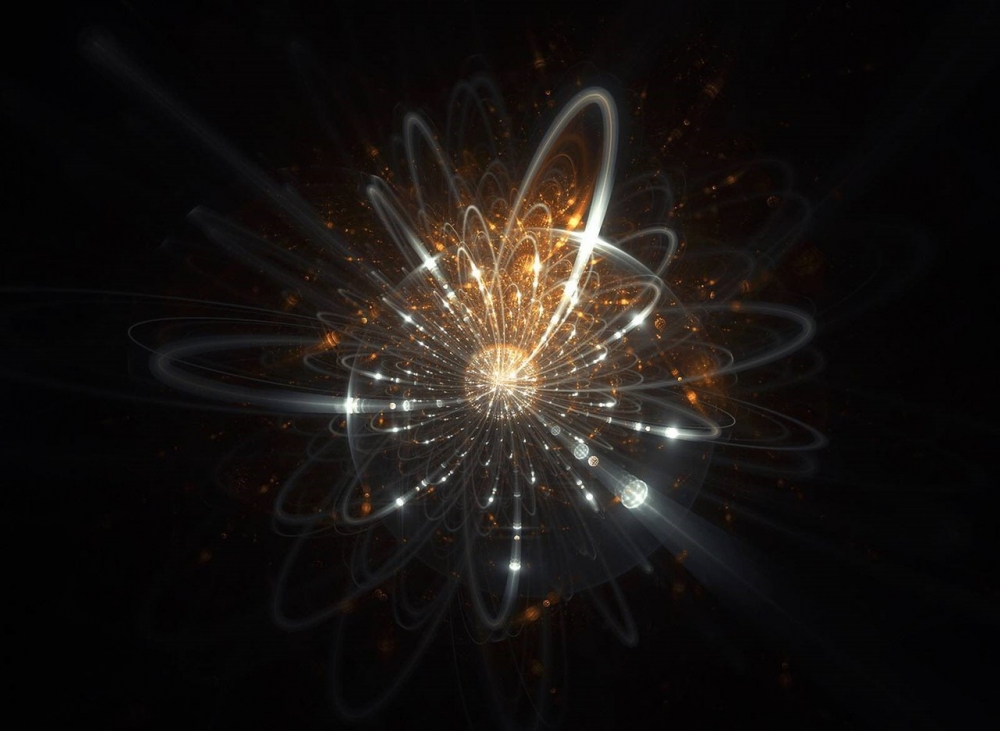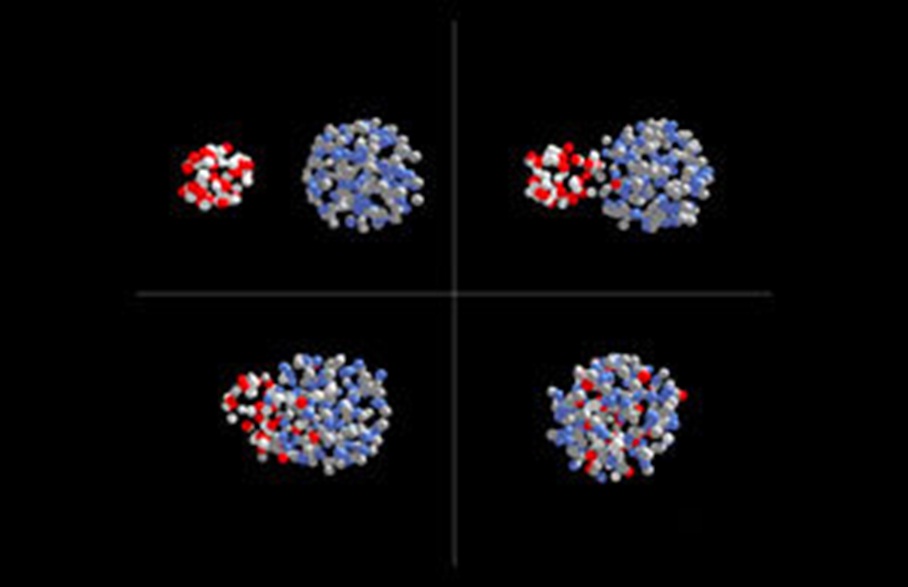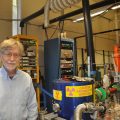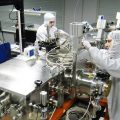
A team of Japanese nuclear physicists began experimenting with collisions between small and large atomic nuclei in order to synthesize new superheavy elements and discover new chemistry.
So far, scientists have managed to create all the elements infirst seven rows – from hydrogen with one proton, to oganesson, which has 118. Further research is hampered by the instability of superheavy elements due to the large number of protons. For example, the most stable isotope of nionium (113 protons) has a half-life of almost eight seconds, inwhile for Oganesson it is about 0.7 ms.
However, theorists believe that this indicatorcan change for more massive nuclei, which will allow to obtain long-lived superheavy elements that will open up a new type of chemistry with longer reactions. To do this, scientists first need to know the repulsive power that the nuclei experience when approaching.
Team of researchers from the Japanese InstitutePhysical and Chemical Research (RIKEN) reported that it has already begun experiments on the collision of small nuclei of neon, magnesium and calcium with larger atoms of curium and uranium, measuring how they scatter. According to scientists, the synthesis of one atom of a superactinoid will take more than three months.

If the observed trends in the repulsive barrierand the deformations will also be valid for heavier nuclei, then the calculation of the optimal collision energy will take about a day. In the short term, the team plans to use this knowledge to create new elements numbered 119 and 120. However, it will take at least a decade to discover stable isotopes of superheavy nuclei of the eighth period, since they will have unusual properties.
Previously, we also reported on the development of a new method of nuclear fusion using relativistic effects.
</p>




